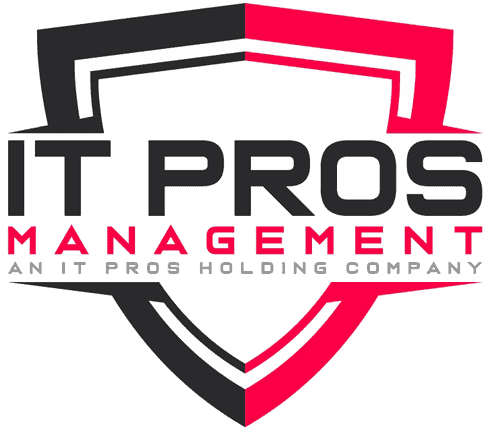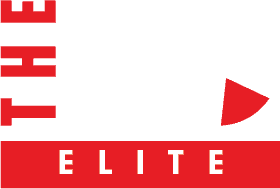Key Components of a Comprehensive Cyber Security Strategy
In today’s interconnected digital world, can you afford to overlook the significance of a comprehensive cybersecurity checklist? The answer is a resounding no. Whether you’re running a business or a nonprofit organization, cybersecurity should sit at the top of your priority list. Why, you may ask? Cyber threats are not only increasing in number, but they’re also becoming more sophisticated and potentially destructive. A breach could spell disaster, with severe financial losses, damage to your reputation, and loss of customer trust.
Now, consider this: what if there was a way to effectively safeguard your organization from these threats? That’s where a comprehensive cybersecurity checklist comes into play. This isn’t just a document—it’s your first line of defense. It outlines the essential steps your organization needs to take to protect its digital assets, from implementing robust password policies and regular software updates to educating employees about phishing scams.
So, isn’t it time you put cybersecurity at the forefront of your operations? The benefits are clear: enhanced protection, increased customer trust, and a stronger, more resilient organization. Implementing a comprehensive cybersecurity checklist isn’t just a smart move—it’s a necessity in today’s digital landscape.
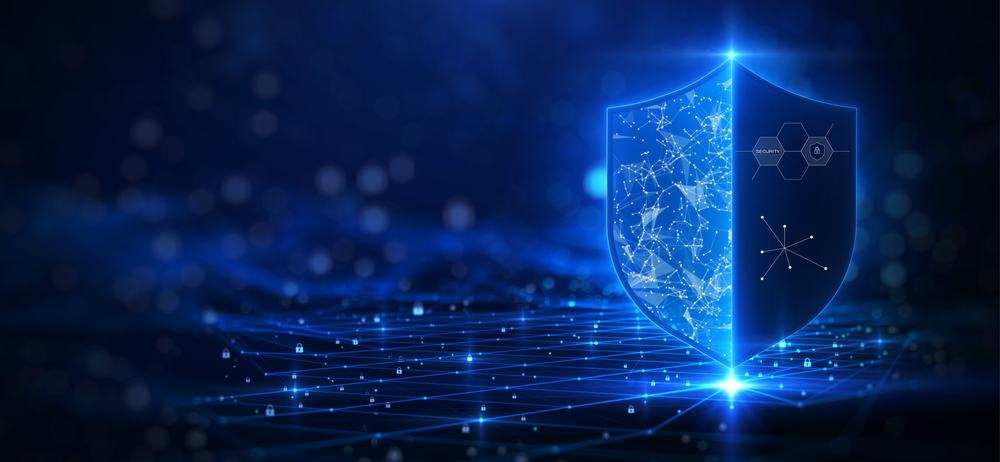
Essential Elements of a Cyber Security Checklist
Cyber Security Assessment
A comprehensive cybersecurity assessment is an integral part of a complete cybersecurity checklist because it provides an in-depth analysis of an organization’s current security posture. It identifies vulnerabilities, risks, and areas of non-compliance within the system, providing a clear roadmap for remediation.
Without this assessment, an organization may not fully understand its weaknesses, leaving it exposed to potential cyber threats. Furthermore, the assessment helps prioritize security measures based on the severity of potential impacts, ensuring efficient allocation of resources. Thus, it forms the bedrock of a well-rounded cybersecurity strategy, enabling proactive threat management and strengthening overall digital resilience.
Cyber Security firms like IT Pros Management can provide your organization a Cyber Security Risk Analysis so you can get a good picture of your business or non-profit’s cyber security posture.
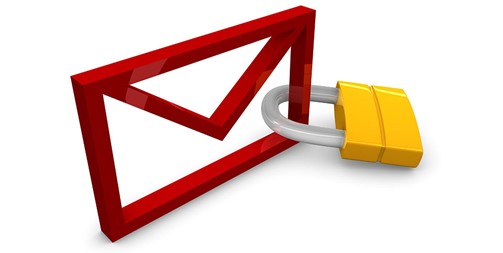
Advanced Email Security
An advanced email security system is a vital component of a comprehensive cybersecurity checklist. Email is often the primary channel for communication within an organization, but it’s also a common entry point for cyber threats such as phishing, malware, and ransomware attacks.
An advanced email security assessment helps identify potential vulnerabilities within your email system and establishes protective measures like encryption, spam filters, and phishing detection. Without this assessment, your organization could be blind to a significant area of risk, leaving sensitive data exposed to cyber criminals.
Therefore, it’s not only critical for ensuring the integrity of your communications but also fundamental to your overall cybersecurity strategy.
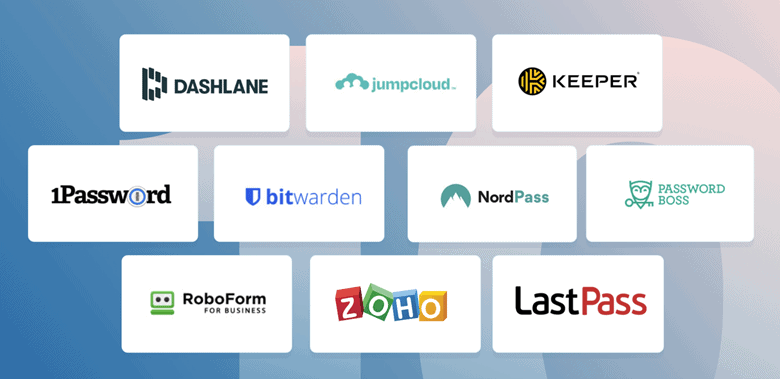
Password Management
Password management solutions are a critical element of a comprehensive cybersecurity checklist. Passwords are often the first line of defense in protecting an organization’s data and systems. However, with the increasing complexity and number of passwords that users need to remember, there is a risk of using weak or repeated passwords, or even resorting to insecure storage methods.
A password management solution helps mitigate these risks by generating strong, unique passwords for each account and securely storing them, thus reducing the likelihood of a successful brute-force or credential stuffing attack.
In addition, it often includes features like multi-factor authentication for added security. Without a robust password management solution, your organization’s sensitive data could be left vulnerable to unauthorized access, making it an indispensable part of any cybersecurity strategy.
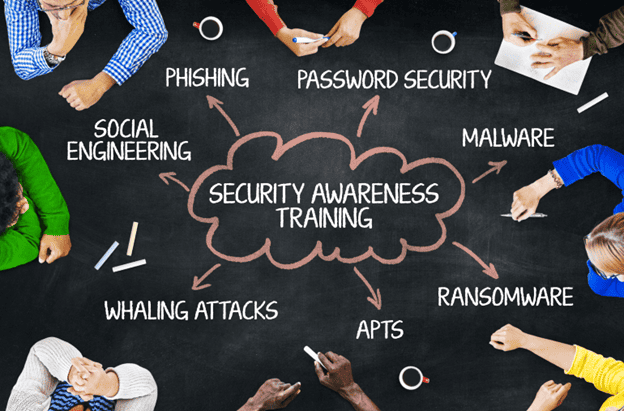
Security Awareness Training
A robust employee security awareness training program is a crucial part of a complete cybersecurity checklist. Employees are often considered the weakest link in an organization’s security chain, as human error can lead to serious breaches.
Cyber threats such as phishing, social engineering, and ransomware often rely on exploiting human vulnerabilities. By educating employees about these threats, how to recognize them, and the appropriate response, an organization can significantly reduce its risk.
Without such a program, employees may inadvertently expose the organization to cyber threats, leading to potential data loss, financial damage, and reputational harm. Therefore, a strong security awareness program is not just beneficial, but essential for a comprehensive cybersecurity strategy.
Discover an all-in-one IT solution
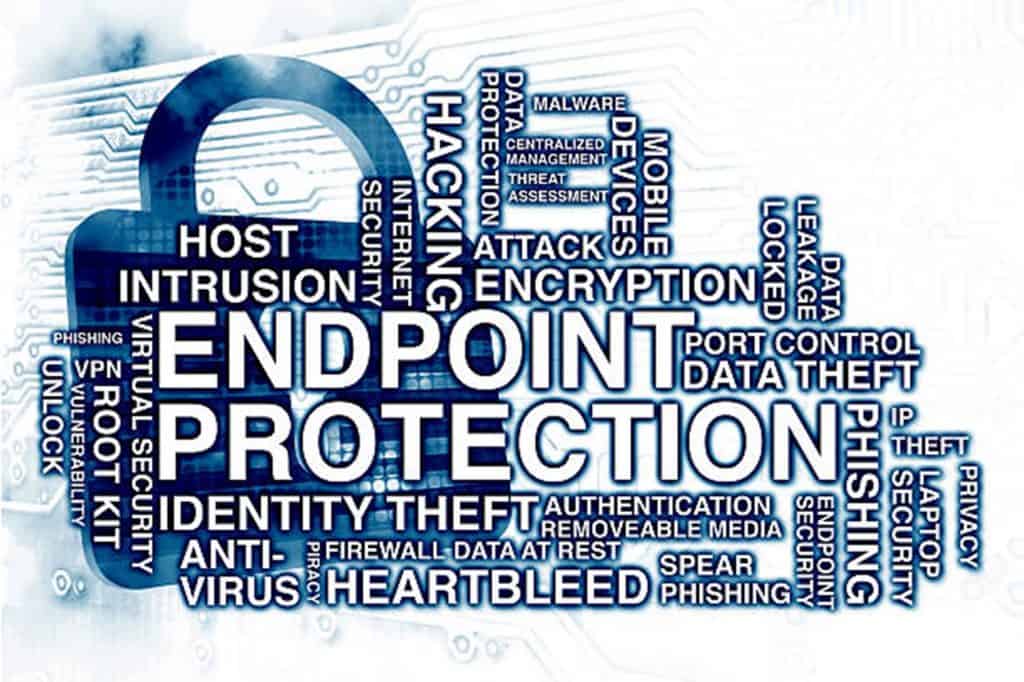
Advanced Endpoint Protection
An advanced endpoint protection solution is a pivotal part of any comprehensive cybersecurity checklist. Endpoints, such as laptops, smartphones, and tablets, are often targeted by cybercriminals as they can be the weakest link in an organization’s network security.
These devices can be exploited to gain unauthorized access to the network, leading to potential data breaches or system disruptions. An advanced endpoint protection solution provides real-time monitoring and defense against these threats, using technologies like machine learning and behavioral analysis to detect and block malicious activities.
Without such a solution, your endpoints could be vulnerable to sophisticated attacks, potentially compromising your entire network. Hence, it is a critical component of a robust cybersecurity strategy.

Multifactor Authentication
Multi-factor authentication (MFA) is a vital component of a comprehensive cybersecurity checklist. MFA adds an additional layer of security by requiring users to provide two or more verification factors to gain access to a resource such as an application, online account, or a VPN.
This means that even if a cybercriminal manages to obtain a user’s password, they still won’t be able to access the protected resources without the additional authentication factor(s). By implementing MFA, organizations can drastically reduce the risk of unauthorized access and potential data breaches.
Without MFA, an organization’s sensitive information could be vulnerable to attacks, making it a critical element in a holistic cybersecurity strategy.
Computer Updates
Computer updates are a fundamental component of a complete cybersecurity checklist. These updates often include patches for security vulnerabilities that have been discovered in the software. By not updating, you’re leaving your system exposed to these known vulnerabilities, which cybercriminals can exploit to gain unauthorized access or disrupt your system.
Updates also often enhance the functionality and performance of your software, including its built-in security features. Without regular updates, you’re not taking full advantage of the protections your software vendor provides, potentially putting your data and system at risk. Therefore, ensuring that all systems and software are up-to-date is an essential step in maintaining robust cybersecurity.
Dark Web Scans
Dark Web Scans are a crucial element of a comprehensive cybersecurity checklist. The dark web is often a hub for illicit activities, including the buying and selling of stolen data such as personal information and credit card details.
A Dark Web Scan involves searching these unindexed parts of the internet to see if your organization’s data appears there, indicating that it has been compromised. By conducting these scans, organizations can potentially identify breaches early, allowing them to take action to mitigate the damage, notify affected parties, and strengthen security measures to prevent future compromises.
Without regular Dark Web Scans, an organization could remain unaware of a data breach for an extended period, increasing the potential harm. Hence, Dark Web Scans are a critical component of a robust cybersecurity strategy.
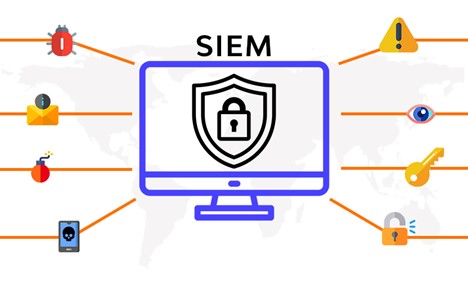
SIEM and Log Management
Security Information and Event Management (SIEM) and Log Management Solutions are critical to a comprehensive cybersecurity checklist. SIEM tools collect and analyze data from various sources within an organization’s IT infrastructure, helping to detect unusual activity or trends that could indicate a cyber threat.
They provide real-time analysis of security alerts, facilitating rapid response to threats. Log Management Solutions, on the other hand, record and store all events related to an organization’s network activity. These logs can be analyzed for suspicious activity, aiding in the detection of attacks or potential system weaknesses.
They also provide valuable data during incident response and forensic investigations. Without SIEM and Log Management Solutions, an organization may fail to detect ongoing cyber threats or understand the nature of past breaches, leaving it vulnerable to future attacks. Therefore, they play an essential role in maintaining robust cybersecurity.
Cloud Based Security Gateways
Cloud-Based Security Gateways are a vital part of a comprehensive cybersecurity checklist. As businesses increasingly move their operations to the cloud, securing these environments becomes paramount. Cloud-Based Security Gateways provide a central point for traffic filtering and inspection, enabling organizations to apply consistent security policies across all their cloud services.
They can protect against threats such as malware, phishing, and advanced persistent threats by analyzing traffic for suspicious activity. Additionally, they offer data loss prevention capabilities, ensuring sensitive information doesn’t leave the secure boundaries of the network.
Without a Cloud-Based Security Gateway, an organization may struggle to maintain visibility and control over its cloud-based traffic, increasing its vulnerability to cyber threats. Thus, implementing this tool is crucial for robust cloud security.
Firewalls
Firewalls are a fundamental component of a comprehensive cybersecurity checklist. Acting as a security guard between internal networks and external sources such as the internet, firewalls control and monitor network traffic based on predetermined security rules. They help prevent unauthorized access to or from a private network, blocking malicious traffic like viruses and hackers while permitting legitimate traffic to pass. Firewalls can be hardware, software, or both, offering various levels of protection depending on an organization’s needs. Without a robust firewall, an organization’s networks are susceptible to a range of cyber threats, potentially leading to data breaches, system failures, or unauthorized access to sensitive information. Therefore, firewalls play an essential role in maintaining robust cybersecurity.

Encryption
Encryption is a critical component of a cybersecurity checklist because it protects sensitive data by converting it into an unreadable format, accessible only to those with the decryption key. Whether it’s financial transactions, personal data, or business communications, encryption ensures that even if a cybercriminal intercepts the data, they cannot understand or use it.
Furthermore, encryption is not just about protecting data in transit; it’s also essential for safeguarding stored data. Without encryption, sensitive data is left vulnerable, making it an easy target for cybercriminals. Therefore, incorporating encryption strategies is fundamental to a robust cybersecurity framework and helps maintain trust in digital systems.

Mobile Device Security
Mobile device security is a critical component of a cybersecurity checklist due to the increasing prevalence of smartphones and tablets in both personal and professional use. These devices often have access to sensitive data, including emails, contacts, and corporate documents, making them attractive targets for cybercriminals.
Moreover, mobile devices are more susceptible to theft or loss, potentially exposing valuable information. Without proper security measures such as strong passwords, encryption, biometric authentication, regular software updates, and remote wipe capabilities, these devices can become weak points in your cybersecurity defense.
Hence, implementing robust mobile device security is essential to safeguard personal and business information from an array of cyber threats.

Data Backup
Data backup is a critical component of a cybersecurity checklist because it provides a safety net against data loss, which could occur due to various reasons such as cyber attacks, hardware failures, or human error.
Regular backups ensure that even in the event of such an incident, your business can quickly restore lost or corrupted data, minimizing downtime and potential revenue loss. Moreover, backups also play a pivotal role in ransomware defense; if your files are held hostage, having a recent backup allows you to restore your system without paying the ransom.
Therefore, not only does a solid backup strategy provide a recovery path from data loss incidents, but it also significantly enhances your resilience against cyber threats.

Virtual Chief Security Officer
Having a Virtual Chief Security Officer (vCISO) is a critical component of a cybersecurity checklist because it provides organizations with expert leadership and guidance in cybersecurity without the cost of a full-time executive. A vCISO brings a wealth of experience and knowledge to help identify potential vulnerabilities, develop security policies, lead incident response planning, and ensure compliance with industry standards. They provide strategic direction for an organization’s cybersecurity program, staying abreast of the latest threats and technologies to ensure robust protection. Given the increasing complexity and frequency of cyber-attacks, a vCISO can be a valuable asset in enhancing an organization’s cybersecurity posture while optimizing resources.
Quick Recap
Implementing a comprehensive cybersecurity checklist for your business or non-profit is critical in today’s digital era, where cyber threats are continually evolving and increasing in sophistication.
The integration of technology into virtually all aspects of operations makes organizations vulnerable to a wide range of cyber risks, from data breaches to ransomware attacks. A cybersecurity checklist not only helps identify potential weak points in your defenses but also guides the implementation of necessary measures such as regular data backups, mobile device security, and expert leadership from a Virtual Chief Security Officer (vCSO). It provides a structured approach to safeguarding your organization’s digital assets, ensuring business continuity, and maintaining stakeholder trust.
Moreover, it helps ensure compliance with regulatory standards, avoiding legal repercussions and potential fines. Therefore, a comprehensive cybersecurity checklist is not just a proactive measure; it is an indispensable tool in fostering a resilient and secure digital environment for your organization, ultimately protecting your mission, your reputation, and your bottom line.
What are your next steps?
Don’t leave your business or non-profit vulnerable to cyber threats! Take action today and secure your organization’s digital assets. Contact IT Pros Management for comprehensive guidance on creating a robust cybersecurity checklist tailored to your specific needs. Call us at (866) 487-7671 or visit our website itprosmanagement.com
Our expert team is ready to help you navigate the complexities of cybersecurity, providing solutions that protect your operations, maintain trust, and ensure compliance. Reach out to IT Pros Management now and take the first step towards safeguarding your organization in the digital landscape.
And remember, with IT Pros Management you can RELAX! I.T. is Covered
